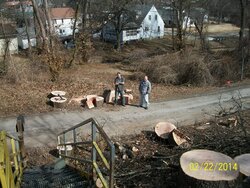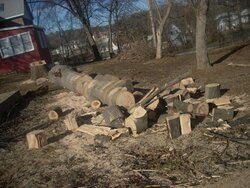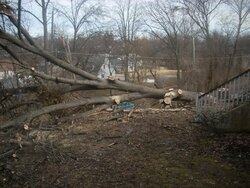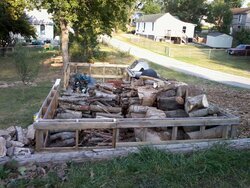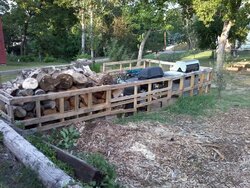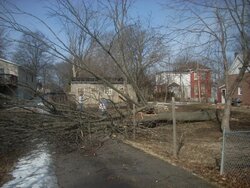Part of running the stove for optimal burn time is to think simpler, Look at all the new non cat stoves on the market - they all have the same thing in common, (1) air adjustment then secondary burn tubes (which have there predetermined air inlet size) the point is no matter what stove you have (non cat) cold stove start - kindling and smaller pieces, get the stove hot with the air adjuster all the way open, as soon as that stove get hot *cranking hot load it up with larger pieces, let those pieces catch on fire then close the air down (all the way down to partial works because everyone has a different strength draft due to climate, geography and chimney heights) once the air is low the secondary should kick in and the wood should burn slower, the unburned smoke should get cycled through the stove and reburned through the secondary tubes. When you get the stove to operate like this the stove is running at maximum design, now to burn times, everyone will always have different burn times. We all live in different parts of the country and we have different wood species, I live in NJ where maple and oak is king, the guy who lives in Wyoming probably has lodge pole pine as king, they both burn hot but the oak is much more dense than the lodge pole, so the oak wins on longevity by default, its not the stove. To me and like what other members have said, burn time is useable heat, not full flames, this is where the larger firebox guy's when (NC30's verse my Country Hearth 2500) both stoves when loaded throw heat, mine gets cooler quicker than my buddies because my firebox is smaller, and also I load east west with 20" logs against the flow of draft, he can load north south with 20" logs with the flow of draft, optimizing maximum heat even in the cool stage, where my loading style is like a dam.


 ! That's plain stupid... I can't tell you enough not to do that. I'm shocked no one else didn't catch that and tell you to IMMEDIATELY STOP doing that. I know saying it's stupid is harsh words but a burnt down house is worse. Lots of wood (seasoned or not) will spark a lot and could (and has before) caught something in the room on fire and there goes your house. Please don't keep doing this. I'll understand if you don't like my reply but I had to say something.
! That's plain stupid... I can't tell you enough not to do that. I'm shocked no one else didn't catch that and tell you to IMMEDIATELY STOP doing that. I know saying it's stupid is harsh words but a burnt down house is worse. Lots of wood (seasoned or not) will spark a lot and could (and has before) caught something in the room on fire and there goes your house. Please don't keep doing this. I'll understand if you don't like my reply but I had to say something. Myself, I just can't get comfortable leaving the door open without sitting and watching it.
Myself, I just can't get comfortable leaving the door open without sitting and watching it.
